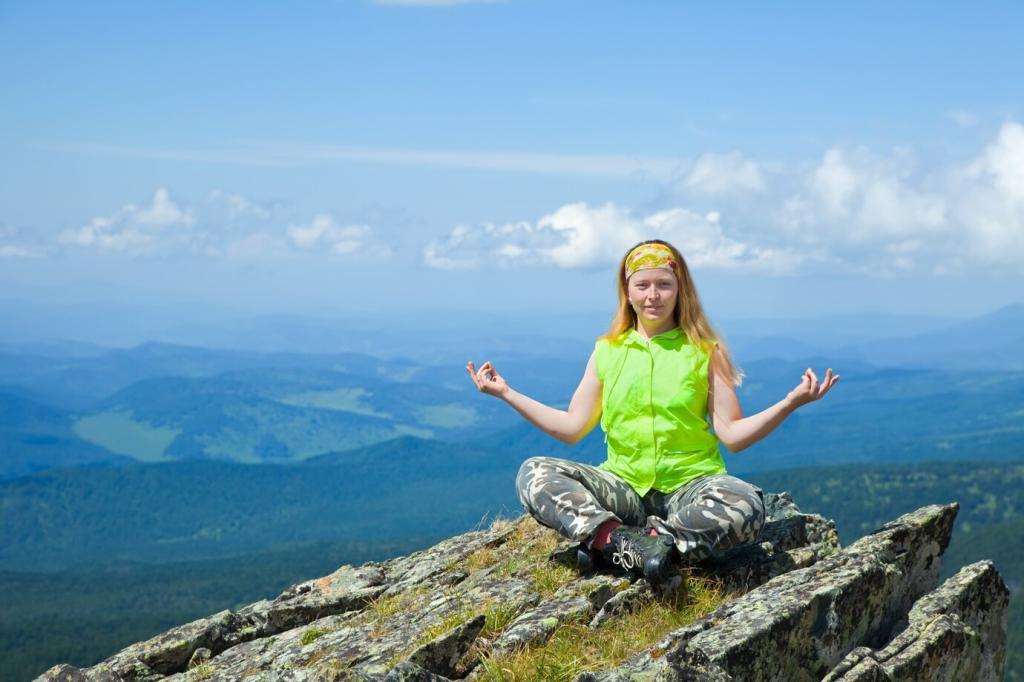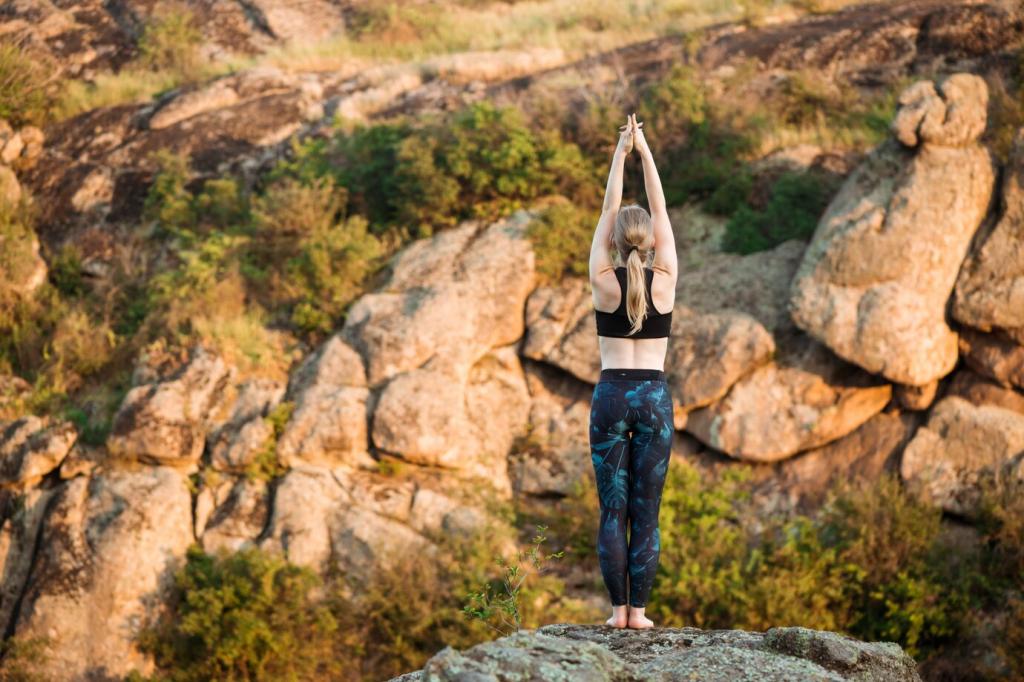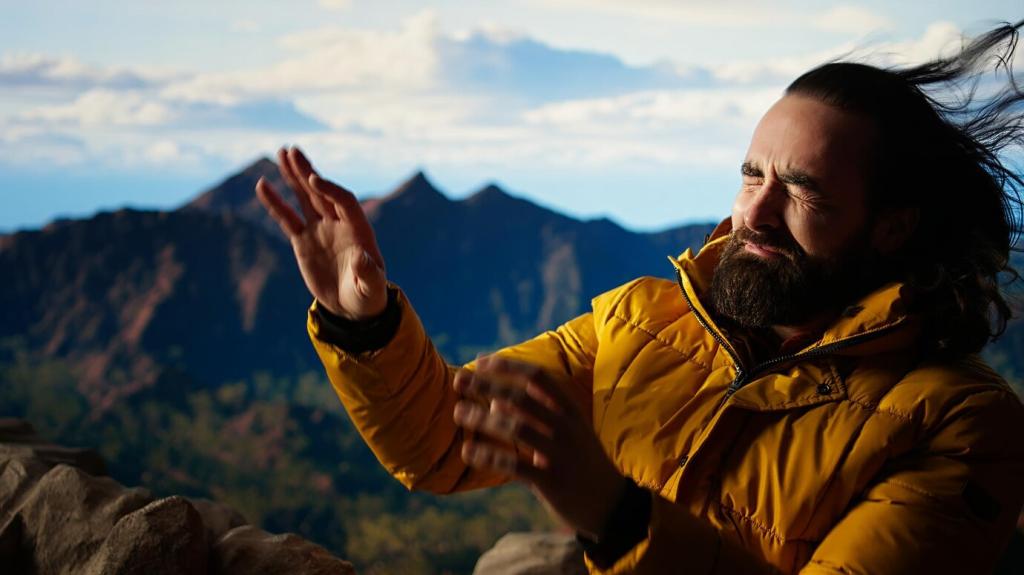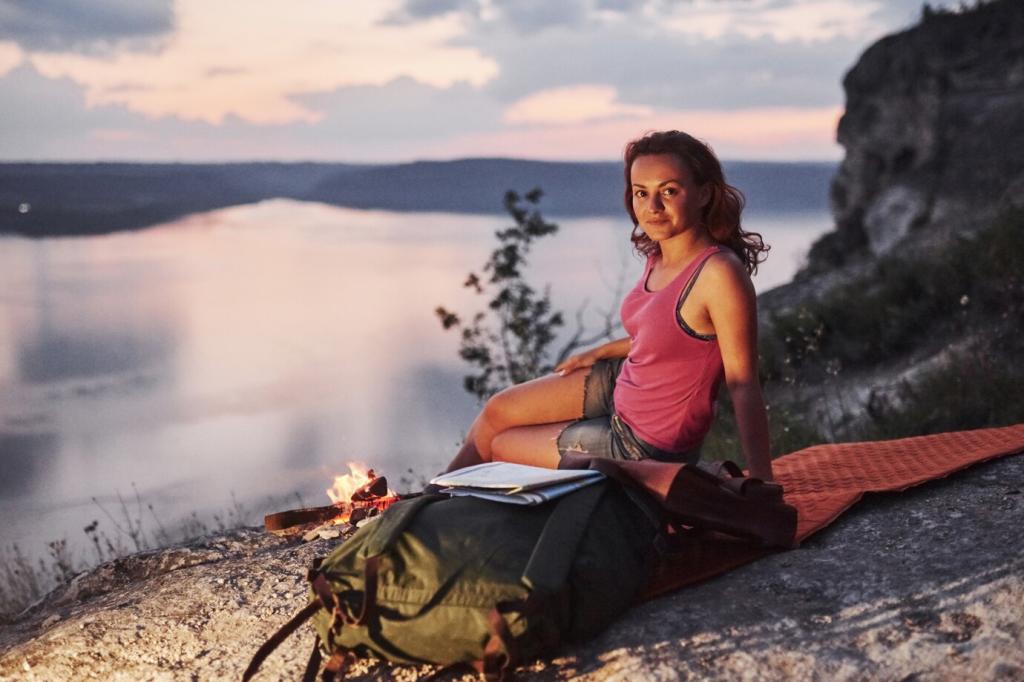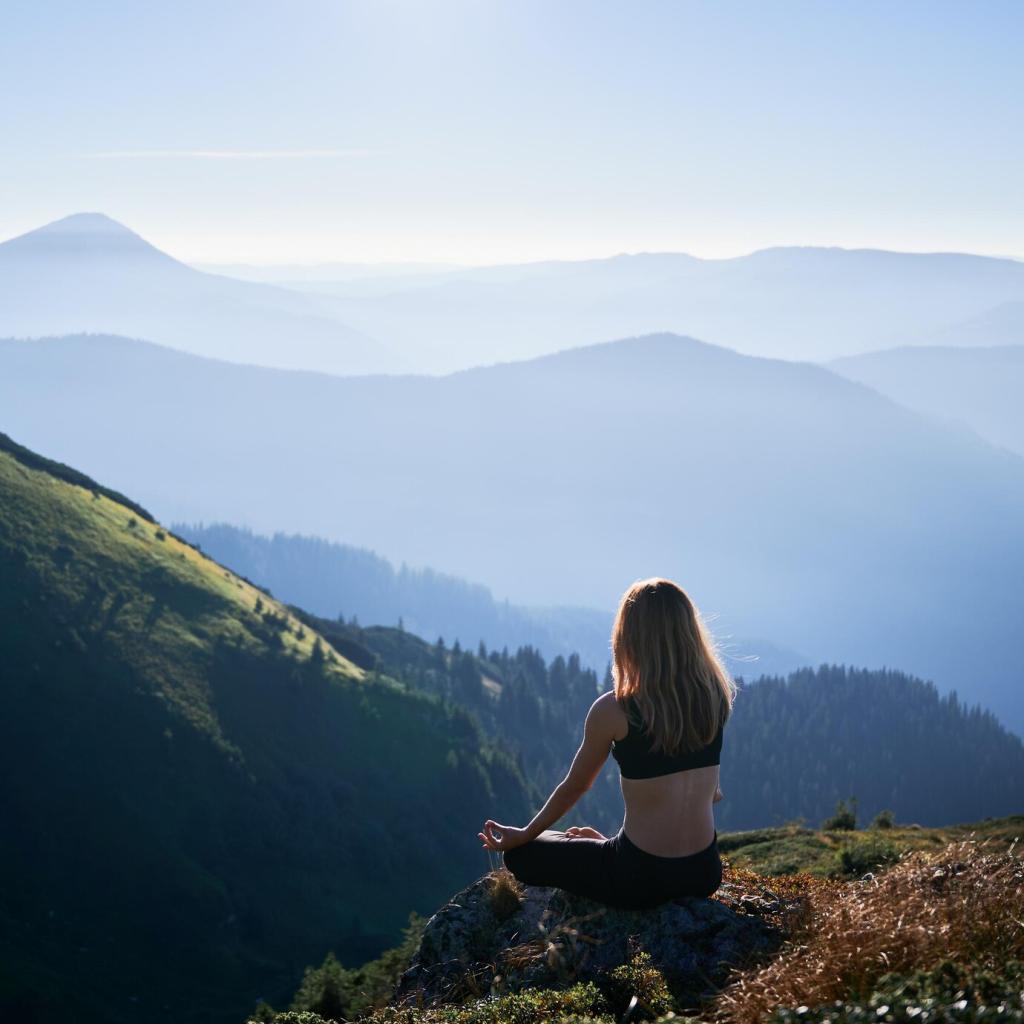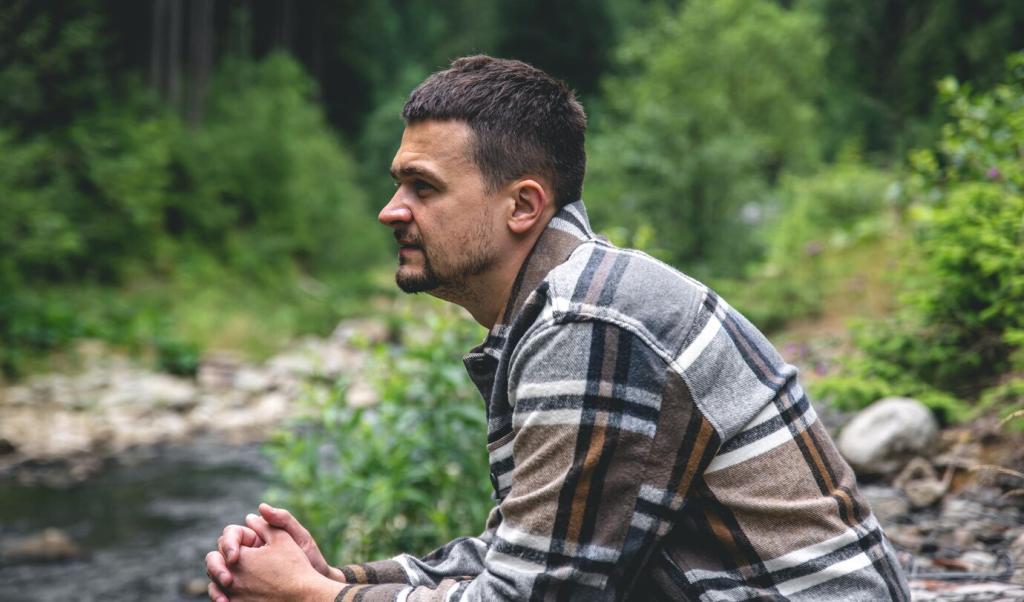Stress Relief You Can Feel
Studies on time in nature point toward reductions in stress biomarkers and improved mood. Add meditation, and you deepen the effect: longer exhales, relaxed gaze, and rhythmic steps coax your system toward calm, offering a grounded reset that inboxes and notifications rarely deliver.
Stress Relief You Can Feel
A mindful hike interrupts looping thoughts by giving your attention a supportive task—breath, footfall, horizon. Many hikers report that after forty to ninety minutes, worries feel smaller, choices clearer, and self-talk kinder, as if the trail itself reframed the conversation inside their heads.

